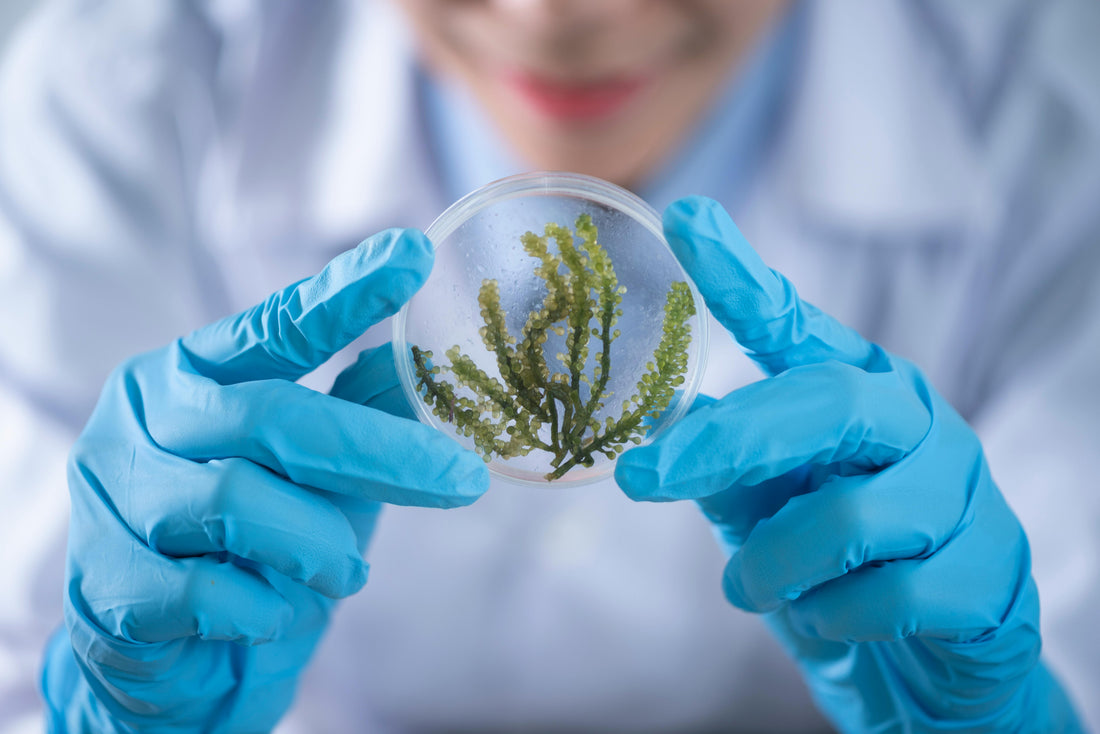How Seaweed Helps the Planet & Helps the Economy
Pelagic ProblemsWhen you think of seaweed, sushi rolls might come to mind but this humble ocean plant is so much more than a garnish. Around the world, seaweed is being recognized as a super-crop that fights climate change, nourishes communities, and creates new opportunities for sustainable industries.
How Seaweed Helps the Planet
- Absorbs Carbon: Seaweed pulls carbon dioxide out of the atmosphere, helping reduce greenhouse gases and slowing global warming.
- Protects the Ocean: By balancing acidity levels, seaweed supports healthier marine ecosystems.
- No Resources Needed: Unlike land crops, seaweed requires no freshwater, fertilizer, or pesticides, it thrives naturally in sunlight and saltwater.
- Boosts Biodiversity: Seaweed farms create safe habitats for fish, shellfish, and other marine life.
How Seaweed Helps the Economy
- Job Creation: Seaweed farming supports coastal communities with new livelihoods.
- Food Security: Nutritious and protein-rich, seaweed is a valuable food source for a growing population.
- Versatility: Beyond food, seaweed is used in cosmetics, fertilizers, animal feed, bioplastics, and even biofuel, driving entire new industries.
- Sustainable Growth: With global demand for eco-friendly solutions rising, seaweed is becoming a cornerstone of the “blue economy.”
A Future Fueled by Seaweed?
Seaweed is more than an ocean plant, it’s a powerful ally in the fight against climate change and a driver of sustainable innovation. By supporting seaweed farming and products made from it, we can protect the planet while building healthier economies.

[An image of a rocky seaside cliff, the water is green, indicating algae.]
\[[[[[
[[[

